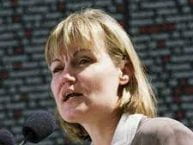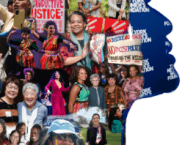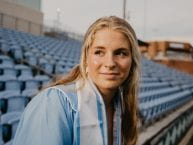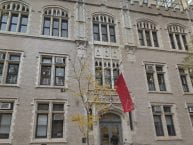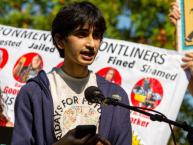
On February 17, 2023, we went to the Brooklyn Museum to look at an exhibition related to plastic in the oceans and beaches. The exhibition was called Death to the Living: Long Live Trash. The exhibition displayed the art of Duke Riley, who makes art using plastic that he has found on beaches. It was really cool to see his art and how it was made.
It was a very cool exhibit with all kinds of art. In some of his art, he mimicked scrimshaw, a style of art sailors used. They would carve images onto some wood in their spare time. Duke Riley did the same thing, only he used plastic bottles and other plastic waste instead of wood. He would paint it to look like wood, and have images on them. He also made many other things, such as fish bait made out of plastic he found on beaches that actually worked. He tested them out himself and he actually caught a lot of fish with them! That is really cool, as it gives us a way to reuse plastic that is also helpful with finding food.
He also made beautiful mosaics out of plastic he found on beaches and some shells. They were really pretty. It was really cool to see what kind of art we can do with plastic waste. My personal favorite was a really pretty chandelier made out of tiny glass bottles. It was super pretty, but also super realistic, something that would actually go well in a house. I thought it was really cool. Overall, it was a really cool trip!





